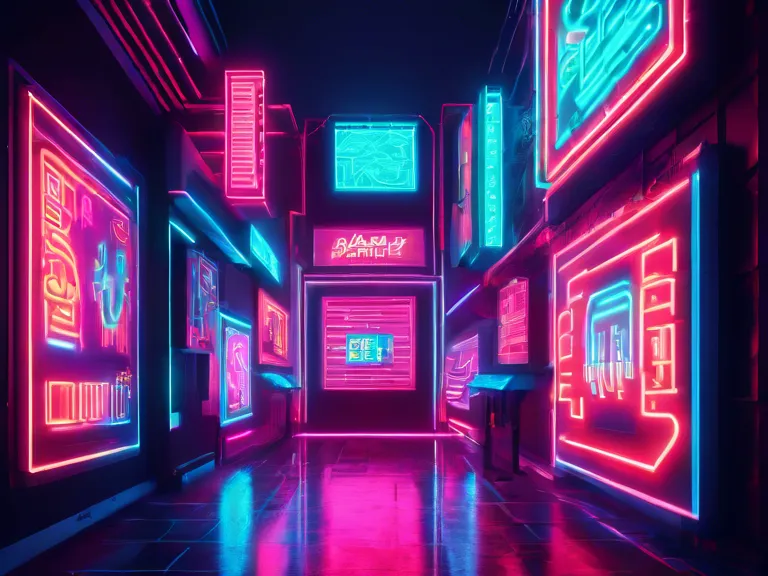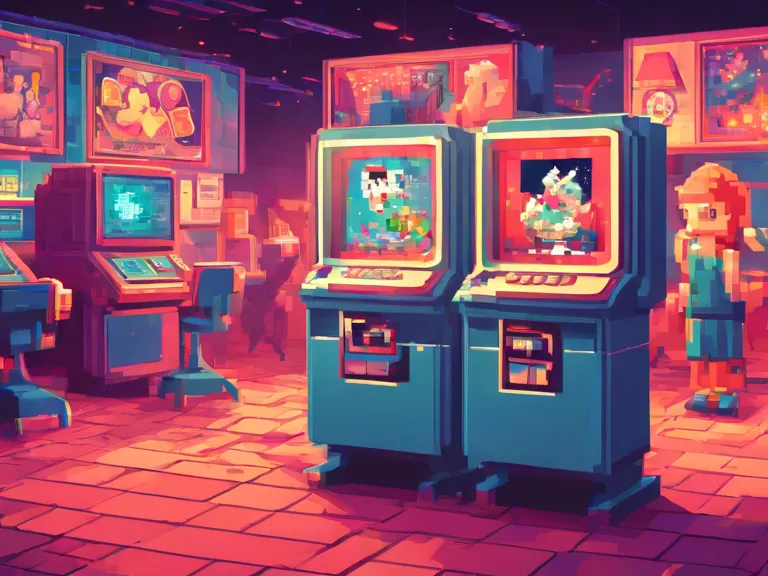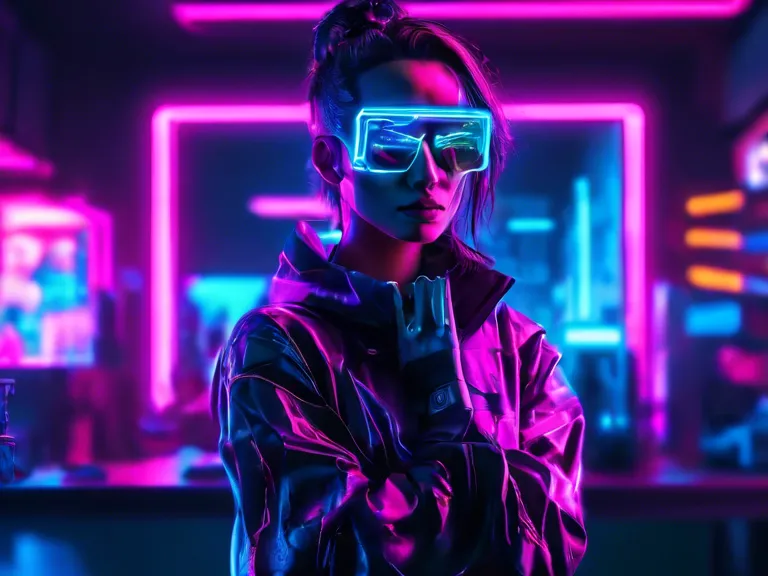
In recent years, the world of branding and marketing has seen a resurgence of retro aesthetics incorporating neon and pixel art into modern campaigns. This blending of old-school graphic styles with contemporary digital marketing strategies has created a new and exciting landscape for brands to explore and connect with their audience.
Neon art, with its vibrant colors and dynamic lighting effects, immediately captures attention and evokes a sense of nostalgia for a bygone era. Pixel art, on the other hand, brings a sense of playfulness and simplicity that resonates with today's digital-savvy consumers. By integrating these elements into their branding, companies can create a unique visual identity that sets them apart from the competition.
One of the key advantages of incorporating neon and pixel art into modern campaigns is the ability to appeal to a wide range of demographics. Older consumers may be drawn to the retro feel of neon signs and arcade games, while younger audiences appreciate the digital aesthetic of pixel art and video games. By leveraging these visual styles, brands can create campaigns that speak to multiple generations at once.
Furthermore, neon and pixel art can help brands establish a strong brand image and identity. The bright colors and bold shapes of neon art can make a brand instantly recognizable, while pixel art can add a quirky and fun element to marketing materials. By consistently using these visual elements across all platforms, from social media to packaging to storefronts, brands can create a cohesive and memorable brand experience for consumers.
As technology continues to evolve, the possibilities for integrating neon and pixel art into modern campaigns are only limited by the imagination. With advancements in augmented reality and virtual reality, brands can create immersive experiences that bring their retro-inspired branding to life in new and exciting ways. By embracing these trends and being willing to experiment with different visual styles, brands can stay ahead of the curve and create campaigns that resonate with consumers in the digital age.



